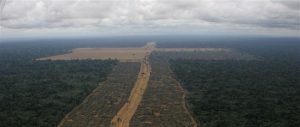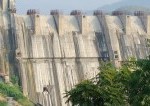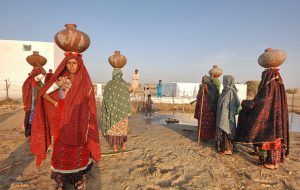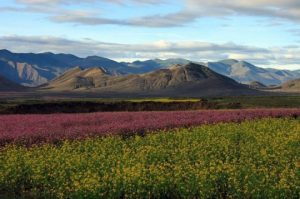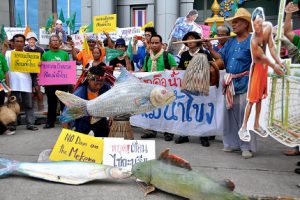China has been urged to ditch some of its long-standing food self-sufficiency objectives in an effort to preserve its food security and resources.
Rapid changes in diet in the country – particularly the shift to eating more animal products – has seen a rise in imports of feed crops, including soy and maize.
Controversially, a new report from the World Bank now suggests China should allow these imports to continue to rise. “Such realignment would help China preserve land and save water,” says the report.
The World Bank has predicted China’s self-sufficiency rate in soy will drop to 14% by 2030, while its imports of maize will rise from 2% in 2012 to 15% by 2030.
The organisation goes on to say China should also put a greater emphasis on “improving the environmental sustainability” of its livestock sector, which has been criticised for its contribution to pollution.
However, the report makes no mention of the impact any shift to a greater reliance on food imports will have on land-use in major commodity exporting countries like Brazil.
China is already the largest purchaser of both soy and other agricultural commodities from Brazil – having recently jumped ahead of the EU.
Its demand is helping to drive intensive farming into previously undeveloped areas of the richly biodiverse Brailzian Cerrado, say observers.
“The Cerrado in Brazil is fast becoming a soybean monoculture largely to feed the Chinese market,” says Janet Larson, from the Earth Policy Institute. “Soybean farmers have been pushing cattle farmers further into the Brazilian Amazon rainforest, leading to the burning of forest with impacts on local biodiversity, regional climate regulation and global carbon emissions.”
Around 40% of the growth in agricultural production in Latin America over the next 35 years is expected to come from opening up new areas of pastureland and forest to farming.
What’s more, China’s new demand for maize imports is likely to place even more pressure on Brazil’s remaining forest ecosystems.
“It’s going to be a real struggle between expanding production area in Brazil and people who are trying to limit deforestation,” says Emelie Peine, a global agribusiness specialist at the University of Puget Sound, Washington.
